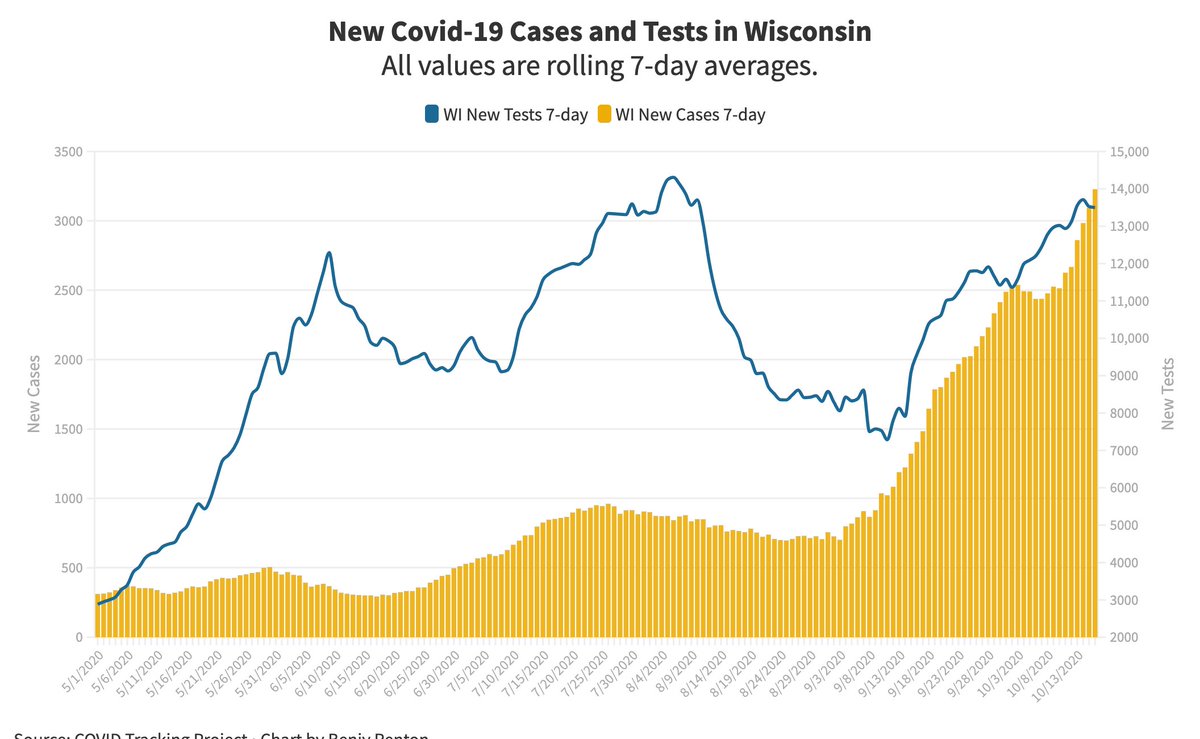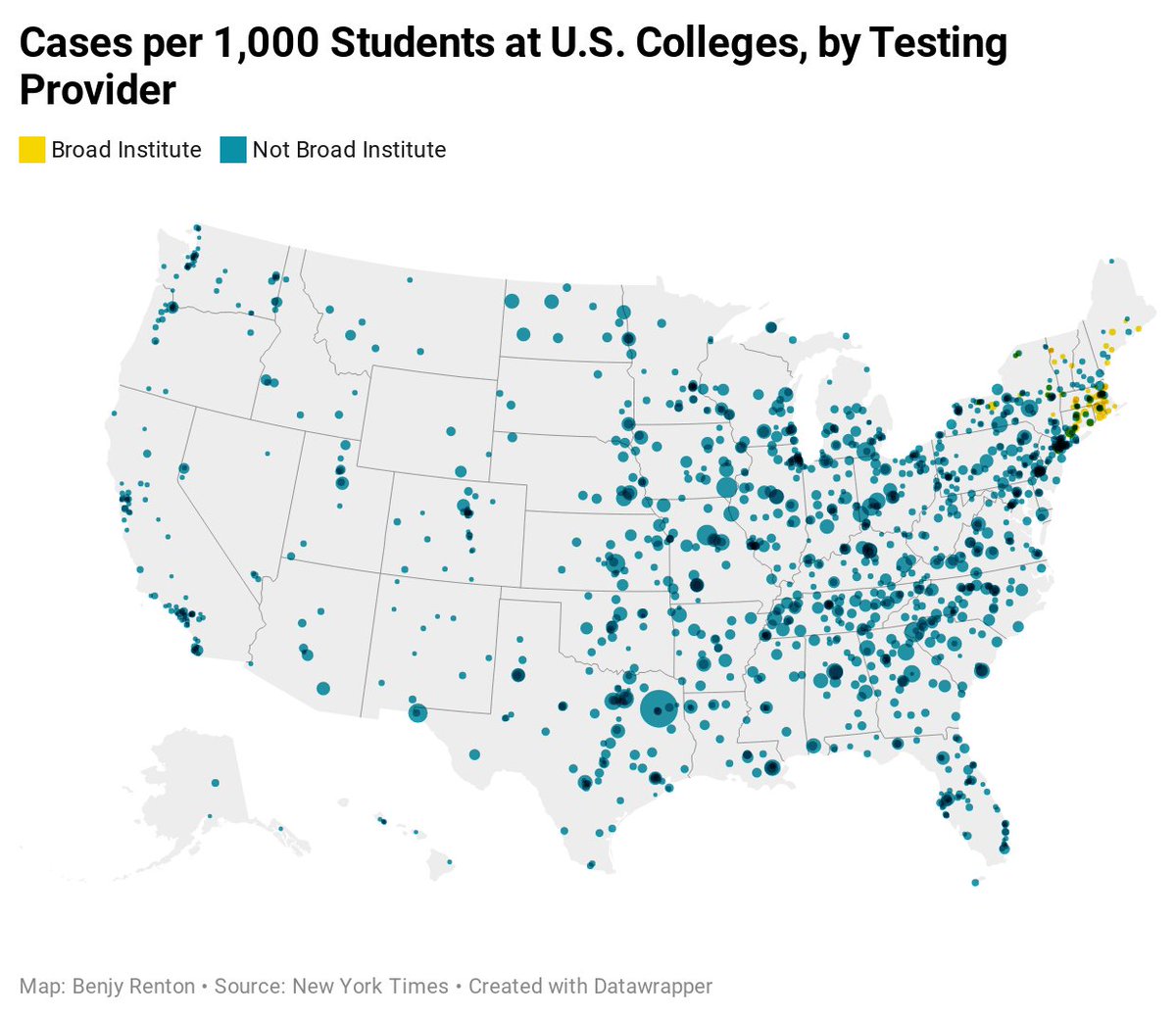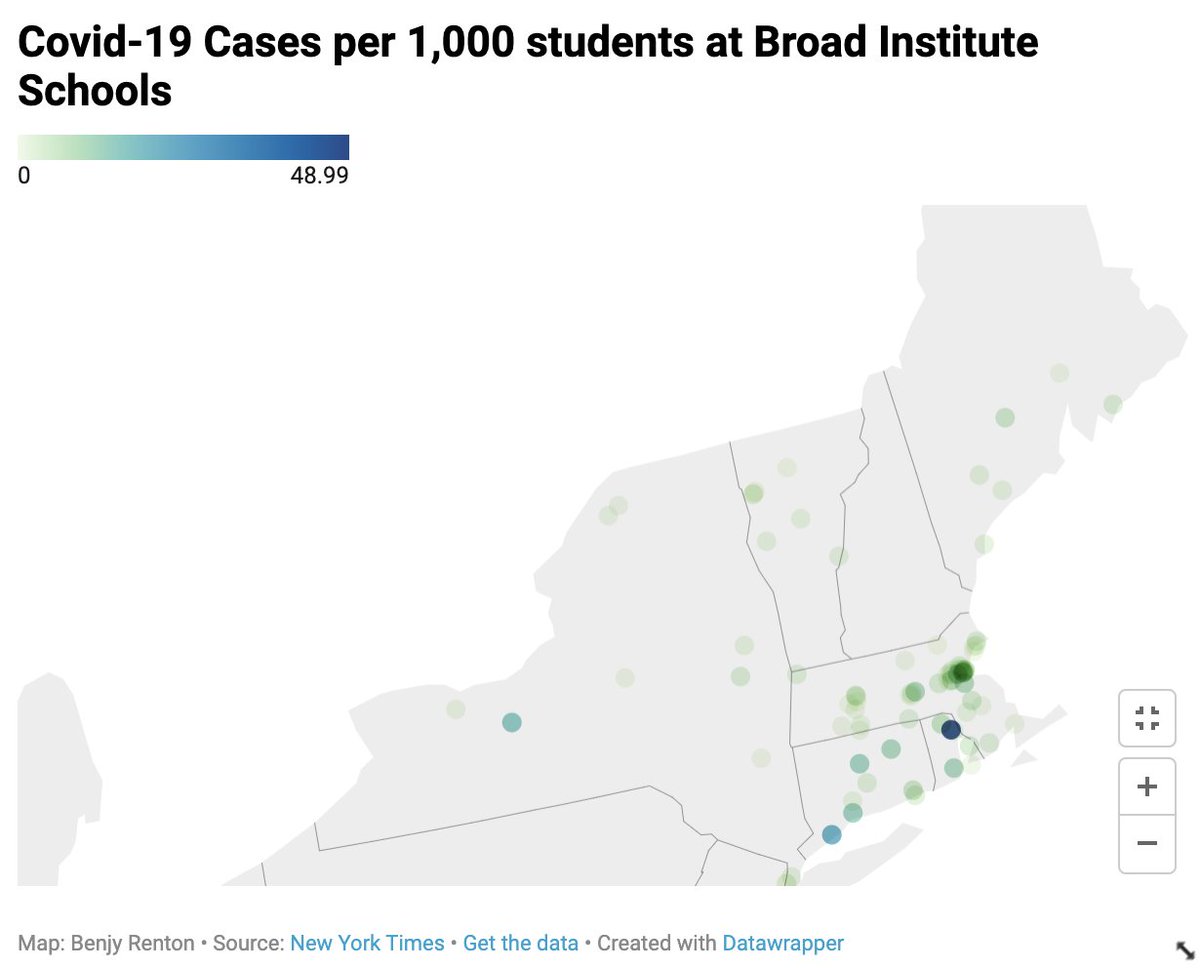
#TheInsiders: A Warning from Former Trump Officials — a CNN special — starts now. Looking forward to hearing from @OliviaTroye and @RickABright on pandemic response. 
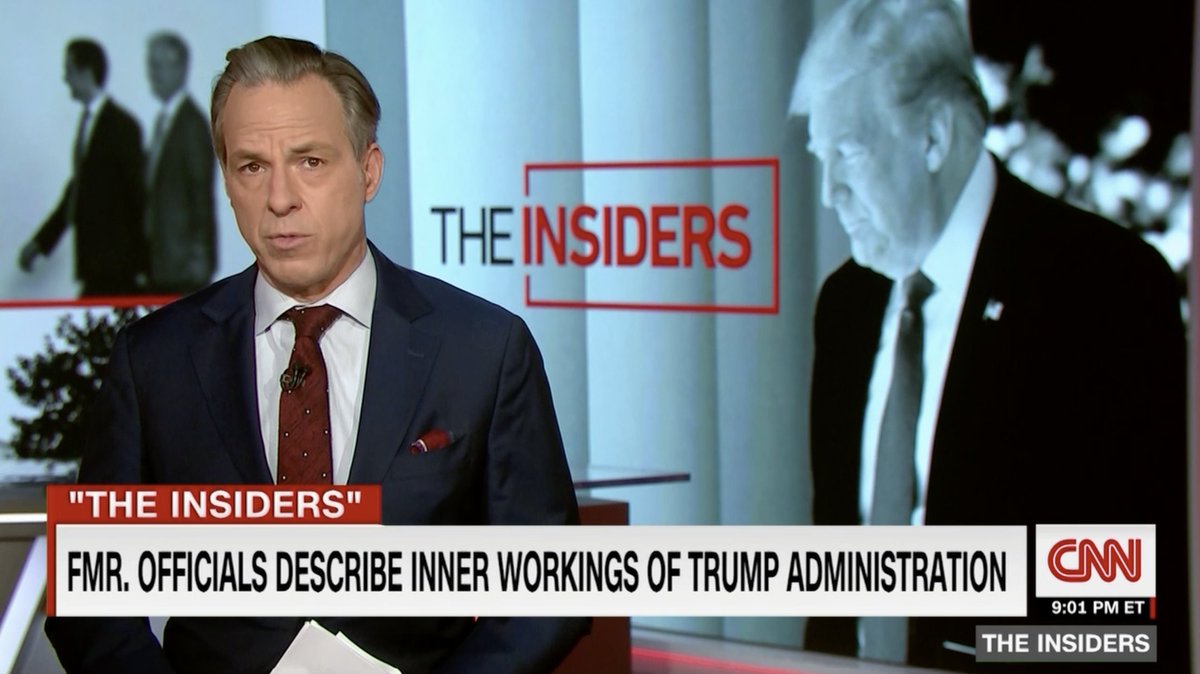
"I think it’s beyond worry," @RickABright says. "I know that his actions and his words and the things he is doing now are extending the duration and the magnitude of this pandemic." 

"I saw Dr. Fauci brief repeatedly," @OliviaTroye says. "I saw people in the room during the meetings — people, senior White House officials — look away and roll their eyes." 

"His rhetoric today still tells us he’s in complete denial," @RickABright says. "He needs to admit the truth and needs to be honest with Americans.… The one thing we hadn’t anticipated in decades of planning is resistance from the President of the United States." 

"This pandemic response has been a failure led by him. I think he just does not allow himself to live in the reality that the rest of us are living in." @OliviaTroye
"The fact is that he was not interested in doing the business of governing, so we were able to make progress if he wasn’t paying attention to our issues," @NeuSummits says. "There were important conversions that have not been had and won’t happen as long as he’s president." 
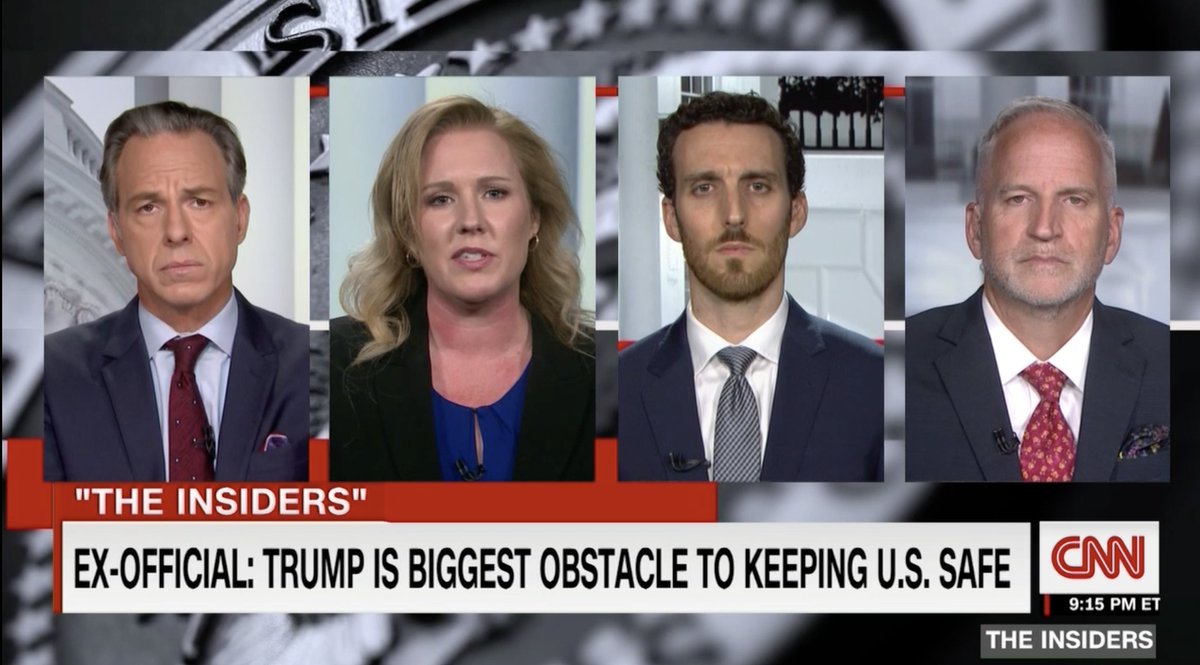
"We considered the threat from Russia and their interference in our democratic affairs to be one of the top 3 homeland security challenges facing the nation," @MilesTaylorUSA says. "I think you would be hard-pressed to say that the president considered it anywhere in the top 25." 

"I could no longer faithfully follow orders amid the chaos and the true absence of any moral consideration of our foreign policy. The right thing for me to do was resign," Chuck Park says. "There is no deep state. I was inside. There is no conspiracy trying to undermine him." 

"I think the coronavirus crisis is probably the best example for public consumption of why Trump is not fit to be president. For now close to 10 months he has never had a strategy…he’s proceeded on an ad hoc fashion. He’s had the attention span on a fruit fly." @AmbJohnBolton 

"In every presidency there are people who disagree with various polices of a president for whom they serve, but as a historical matter we cannot ignore the sheer number of officials who worked for this president and are now sounding a very public alarm about his fitness for… 

…the job. Now you can listen to them or you can ignore them, that is entirely up to you. But as journalists we cannot pretend that they are not there shouting from the rooftops."
Our gratitude goes to the brave men and women for speaking out.
#CountryOverParty
Our gratitude goes to the brave men and women for speaking out.
#CountryOverParty
• • •
Missing some Tweet in this thread? You can try to
force a refresh




